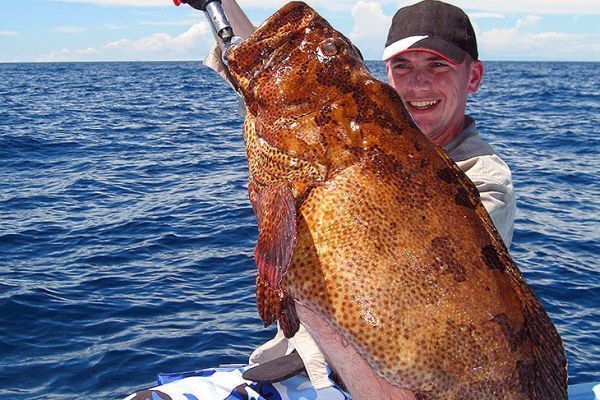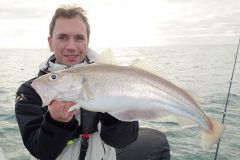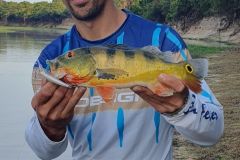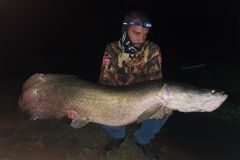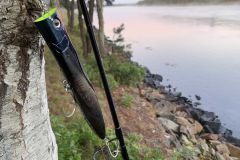Scientific name
Epinephelus malabaricus (Bloch & Schneider, 1801)
Morphology
The Malabar grouper has an elongated body with a massive front half and an enormous mouth with canine teeth on the periphery. It has a long dorsal fin with 10 to 11 spines and soft rays.
The tail tip is straight and slightly rounded. The general coloring is marbled brown with light spots and broad dark stripes, as well as numerous small dark spots up to the head. Hue varies from light brown to reddish-brown.
Malabar grouper fishing grounds
This is an Indo-Pacific grouper. Broadly speaking, it is found throughout the Indian Ocean and the South Pacific. On the Indian Ocean side, it lives along the east coast of Africa, including Madagascar, as far as the Gulf of Oman and the Red Sea. In the Pacific, it is found in the northern half of Australia and as far south as Japan, including Indonesia, Malaysia and the coastal countries of southern Asia.
This grouper inhabits coral and rocky bottoms. It enjoys the brackish waters of estuaries and mangroves. It can be fished at depths of up to 200 m. Juveniles are concentrated near the coast and in estuaries. Larger fish are found further offshore and at greater depths. It thrives in water temperatures of between 24 and 29įC.
Fishing techniques
The Malabar grouper feeds mainly on fish and crustaceans. When confronted with its colossal mouth, don't be afraid to use big baits that it will only eat.
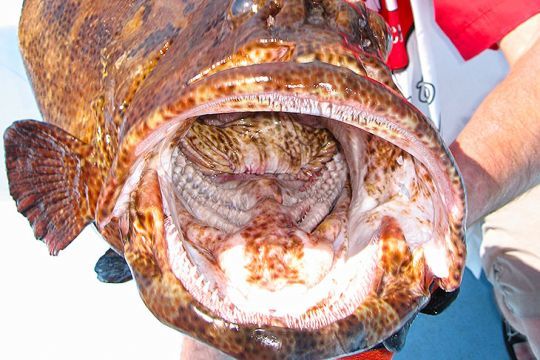
It sometimes lives hidden in sharp shelters. Don't hesitate to place your line in chaotic areas. Be sure to use a thick line, because when you touch it, it will go straight into the abrasive refuges! This surprising hunter can attack on the surface near coral reefs as well as on the bottom. The largest specimens are often hit at depths of over 50 metres with a slow jig or a large bait. If you're aiming for a record, be sure to use a spinning jig, as a specimen over 1.50 m long will quickly return to its sharp habitat.
Reproduction
The Malabar grouper is hermaphroditic. It begins its fecundity as a female and then becomes male. Dominant males are larger than females. Males reach sexual maturity late, from a height of 1.14 meters at the age of 10. The clutch contains 100,000 to 150,000 eggs.
Size and weight
- Legal minimum catch size: none
- Size at sexual maturity: 45 to 60 cm (female) and 1.14 m (male)
- Average height: 0.90 to 1.20 m
- Maximum height/weight: 2.34 m (150 kg)
- World record: 38 kg ‚euros 1.36 m (Bourak√©, New Caledonia, 27/01/2002)

Good to know
This Malabar grouper is solitary and territorial. It has often been confused with the brown grouper.

 /
/ 